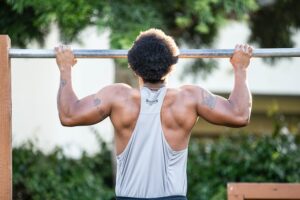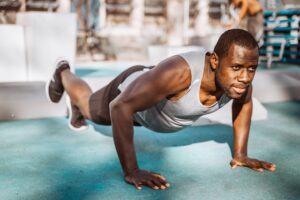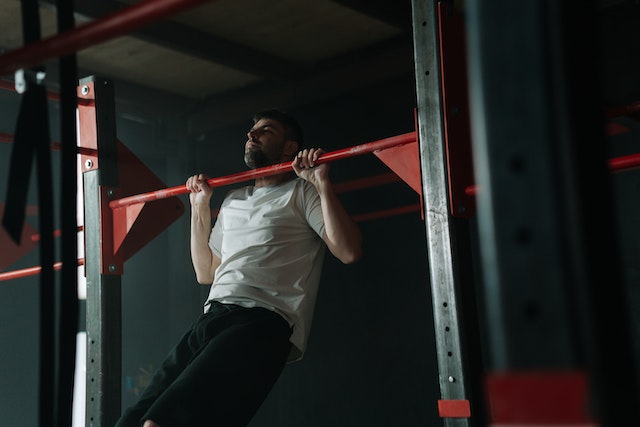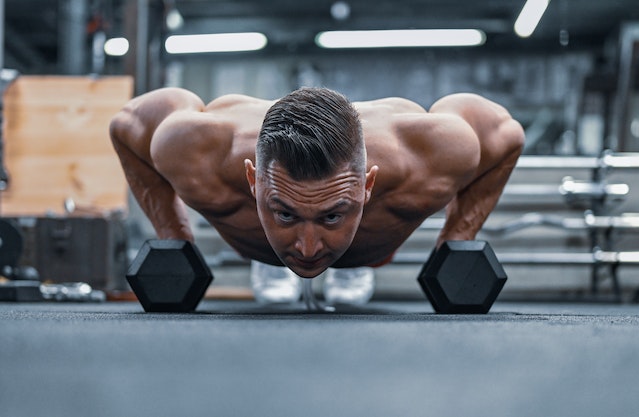Calisthenics is a form of exercise that involves using your body weight to perform various movements such as push-ups, pull-ups, and squats. The effectiveness of calisthenics is highly dependent on your body weight, and finding your ideal weight is crucial for achieving optimal results. In this article, we will discuss the factors that affect ideal weight for calisthenics, how to determine your ideal weight, and the importance of regular monitoring and goal setting.
Body composition and ideal weight
One of the most important factors that affect ideal weight for calisthenics is body composition. Body composition refers to the proportion of lean body mass (muscle, bone, and organs) to fat mass in your body. A high body fat percentage can make calisthenics exercises more challenging and less effective, while a low body fat percentage can improve performance and results. Therefore, it’s important to maintain a healthy body fat percentage when practicing calisthenics.
Strength levels and ideal weight
Strength levels also play a significant role in determining ideal weight for calisthenics. As you build muscle mass through calisthenics, you will be able to perform exercises with more ease and efficiency. This is why muscle building is an important aspect of calisthenics. Building muscle mass not only improves performance but also increases metabolism, which can aid in weight loss.
Fitness goals and ideal weight
Fitness goals are also a crucial factor in determining ideal weight for calisthenics. If your goal is to lose weight, you will need to focus on reducing body fat percentage and increasing muscle mass. If your goal is to build muscle, you will need to focus on increasing muscle mass and maintaining a healthy body fat percentage. And if your goal is maintenance, you will need to focus on maintaining your current weight while continuing to build muscle mass.
How to determine your ideal weight for calisthenics
To determine your ideal weight for calisthenics, it’s essential to measure your body composition, perform strength tests, and set realistic goals. Body composition measurements such as skinfold calipers or bioelectrical impedance can give you a clear picture of your body fat percentage. Strength tests such as the number of push-ups or pull-ups you can perform can give you an idea of your muscle mass. And goal setting will help you focus on achieving your desired body composition and strength levels.
Conclusion
Finding your ideal weight for calisthenics is crucial for achieving optimal results. Body composition, strength levels, and fitness goals all play a significant role in determining ideal weight. By regularly measuring your body composition, performing strength tests, and setting realistic goals, you can maintain your ideal weight and achieve your desired results. Remember, consistency and patience are the key to achieving your goals.






Hi! This is my first visit to your blog! We are a collection of volunteers and starting a new initiative in a community in the same niche. Your blog provided us valuable information to work on. You have done a wonderful job!